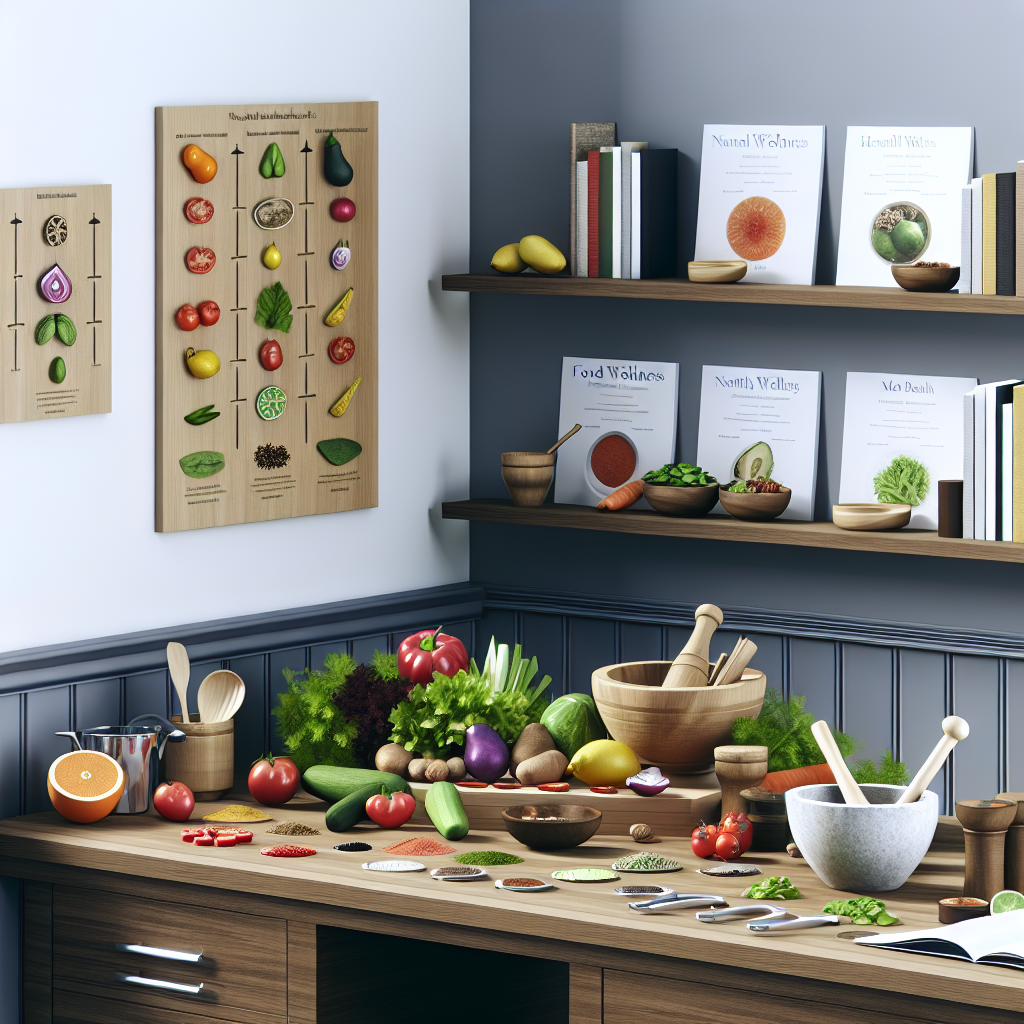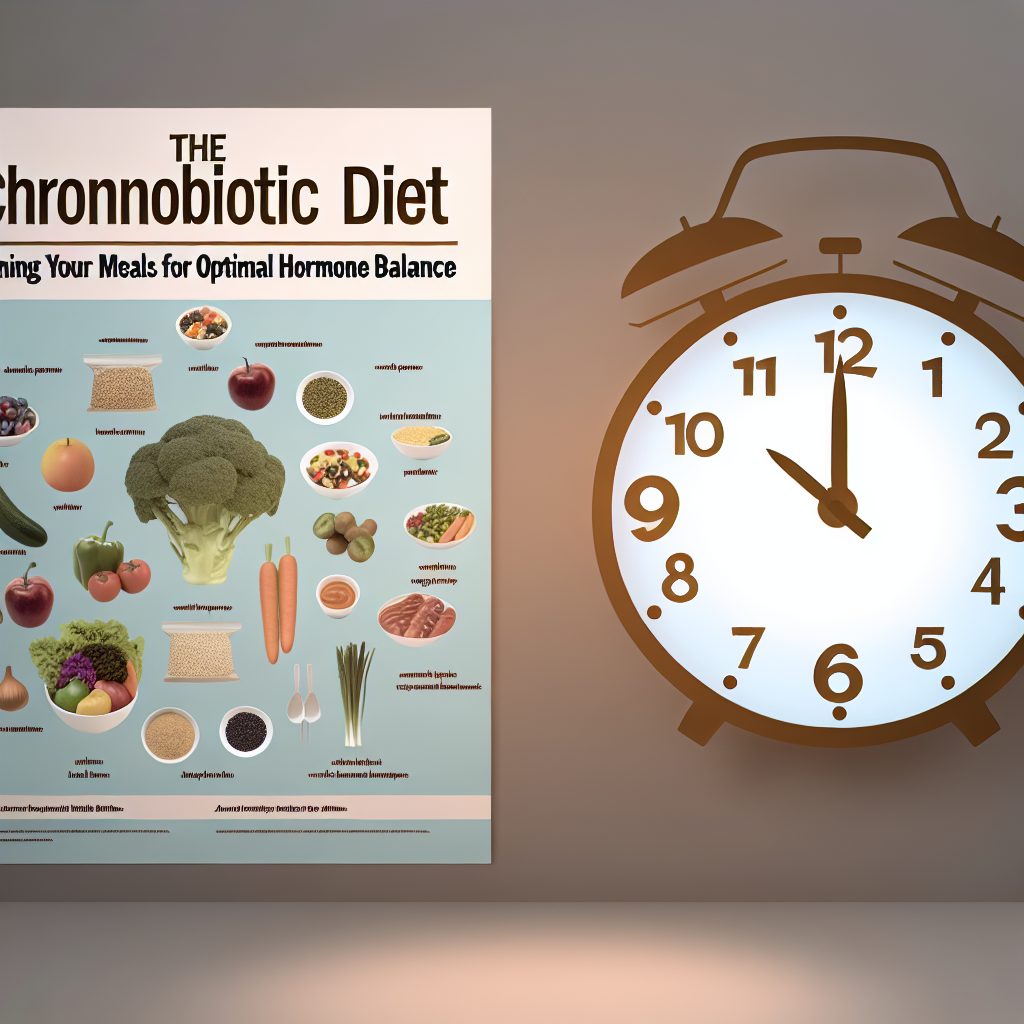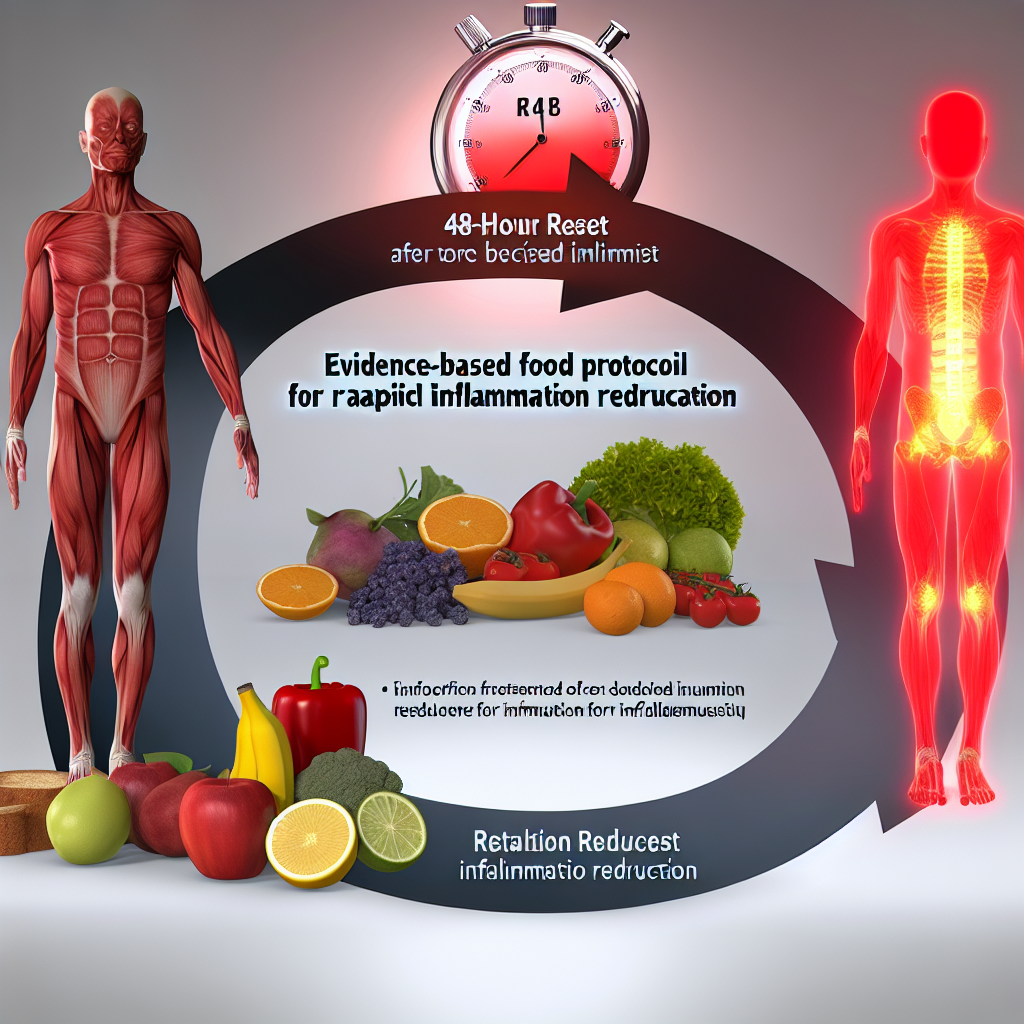Here is the cleaned up blog post with the requested changes:
Kitchen Compounding: DIY Food-Based Medicine with Therapeutic Ratios
Published by [Your Name or Blog Name] | [Date]
Welcome to the intersection of culinary tradition and holistic health. In this post, we’ll explore how kitchen compounding – the art of crafting food-based medicine with precise therapeutic ratios – is revolutionizing home wellness with both ancestral wisdom and cutting-edge science.
What Is Kitchen Compounding and Why Is It the Future of Natural Medicine?
At the crossroads of herbalism, food therapy, and modern nutrition science lies kitchen compounding: an empowering, do-it-yourself method of creating medicinal blends from whole foods. From herbs and spices to fruits and fermented tonics, these homemade remedies are crafted with intention and precision – all based on therapeutic goals like reducing inflammation, boosting immunity, or easing digestion.
Unlike pharmaceutical drugs or processed supplements, kitchen compounding emphasizes whole, natural ingredients in bioavailable forms. The star of the show? Therapeutic ratios – carefully measured proportions of ingredients to unlock their maximum health benefits. Instead of vague guesses, you prepare your remedies with science-backed measurements and traditional techniques for effectiveness and safety.
Why Homemade Remedies Work: The Science Behind Therapeutic Ratios
Kitchen compounding isn’t just traditional folklore—it aligns with current evidence in fields like functional nutrition and pharmacognosy. Below are some iconic examples of how therapeutic ratios—and thoughtful preparation—unlock real healing power:
- Turmeric + Black Pepper = Potent Anti-Inflammatory
Curcumin in turmeric is notoriously hard to absorb on its own—until paired with piperine in black pepper. A landmark study found this combo increases bioavailability by up to 2000% (Shoba et al., 1998). This is the secret behind golden milk’s healing potency! - Garlic Needs Prep Time for Immune Power
The compound allicin, noted for heart and immune benefits, forms only after garlic is chopped or crushed and left to sit for 10+ minutes before cooking (Amagase et al., 2001). - Fermented Foods:Balance Time, Temp, and Ratios
Kefir, kombucha, and sauerkraut are rich with probiotics, but their benefits vary depending on sugar ratios, fermentation time, and storage. Homemade kefir may offer superior anti-inflammatory and microbiome benefits than store-bought (Bourrie et al., 2016). - Omega-3 vs. Omega-6: Reseting the Ratio
Western diets are heavy in omega-6s (corn, sunflower oils) and deficient in omega-3s (flaxseed, wild-caught fish). A healthy anti-inflammatory ratio is around 2:1. Imbalance is linked to chronic conditions ranging from arthritis to heart disease (Simopoulos, 2002). - Stress Relief with Adaptogens, Dosed Right
Adaptogens like ashwagandha and rhodiola should be dosed accurately—typically around 300–500 mg of ashwagandha twice daily for stress relief (Lopresti et al., 2019).
Kitchen Wisdom Meets Scientific Precision: Empower Your Health
Gone are the days when food was just for nourishment. Kitchen compounding brings awareness to every decision you make—whether you’re prepping bone broth or blending a calming herbal tea. This holistic practice honors both your body’s intuition and the proven science of food-based healing.
By using therapeutic ratios, you’re not just cooking—you’re consciously creating functional medicine that supports energy, sleep, immunity, digestion, and mood. Let your kitchen become the frontline of your home apothecary—functional, flavorful, and full of purpose.
The Joy of Preparation: Why Kitchen Compounding Is Good for the Soul
From grinding herbs with a mortar and pestle to fermenting by moon cycles, the very act of making your own medicine reconnects you to your healing journey. Kitchen compounding promotes:
- Self-reliance: Know what’s in your medicine—because you made it.
- Sustainability: Less packaging, less waste, more reuse.
- Seasonal Living: Eat and heal in rhythm with nature.
- Mindful Cooking: Engage all your senses in a meaningful wellness ritual.
Just like culinary traditions passed through generations, kitchen compounding is both ancient and personal. Every sip of tonic or spoonful of infused honey carries care and intention.
Conclusion: Your Kitchen Is Now Your Apothecary
Kitchen compounding reclaims the kitchen as a sacred health space—where food is love, medicine, and empowerment. Backed by both traditional knowledge and scientific validation, this practice invites us to treat everyday ingredients as tools for vitality and resilience.
Whether you’re easing inflammation with turmeric, balancing your omegas, or strengthening digestion with fermented vegetables, you’re taking part in a global wellness revival—with measurable results. Through careful preparation and respect for therapeutic ratios, you too can harness the healing wisdom already sitting in your pantry.
Ready to start? Try crafting your first golden milk blend, prepping probiotic kefir, or measuring out daily adaptogens. Document your journey, and share with your community—because food is truly medicine when prepared with purpose.
References
- Shoba et al. (1998). Influence of piperine on the pharmacokinetics of curcumin. Planta Medica.
- Amagase et al. (2001). Intake of garlic and its bioactive components. The Journal of Nutrition.
- Bourrie et al. (2016). The microbiota and fermented beverage kefir. Frontiers in Microbiology.
- Simopoulos (2002). The omega-6/omega-3 ratio. American Journal of Clinical Nutrition.
- Lopresti et al. (2019). Stress relief and ashwagandha: clinical results. Medicine (Baltimore).
Concise Summary:
Kitchen compounding is the art of crafting food-based medicine with precise therapeutic ratios, revolutionizing home wellness with both ancestral wisdom and cutting-edge science. By using carefully measured proportions of natural ingredients, you can create effective remedies for reducing inflammation, boosting immunity, easing digestion, and more. This holistic practice empowers you to take charge of your health through mindful cooking and reconnection to traditional healing methods.

Dominic E. is a passionate filmmaker navigating the exciting intersection of art and science. By day, he delves into the complexities of the human body as a full-time medical writer, meticulously translating intricate medical concepts into accessible and engaging narratives. By night, he explores the boundless realm of cinematic storytelling, crafting narratives that evoke emotion and challenge perspectives.
Film Student and Full-time Medical Writer for ContentVendor.com



